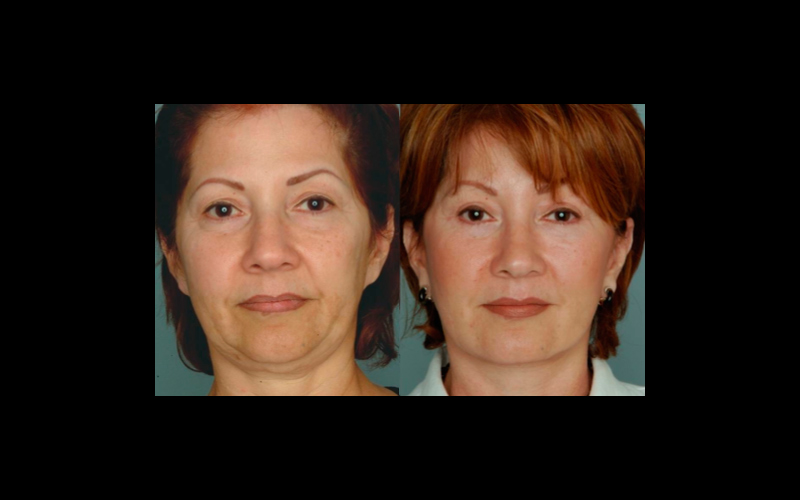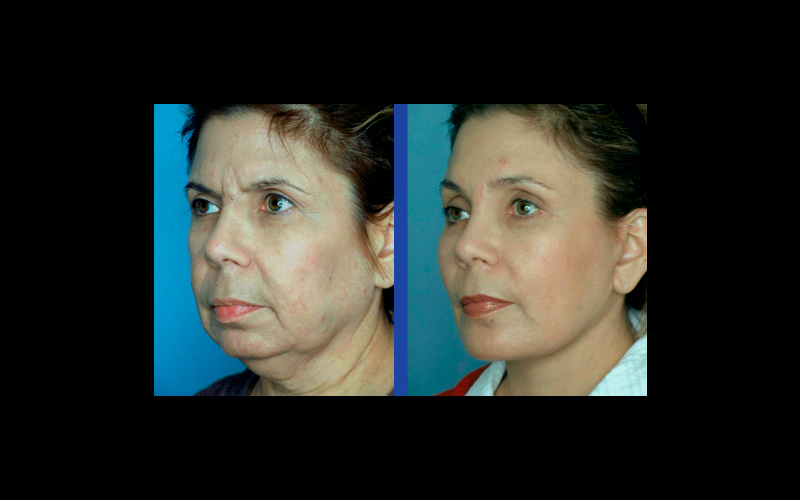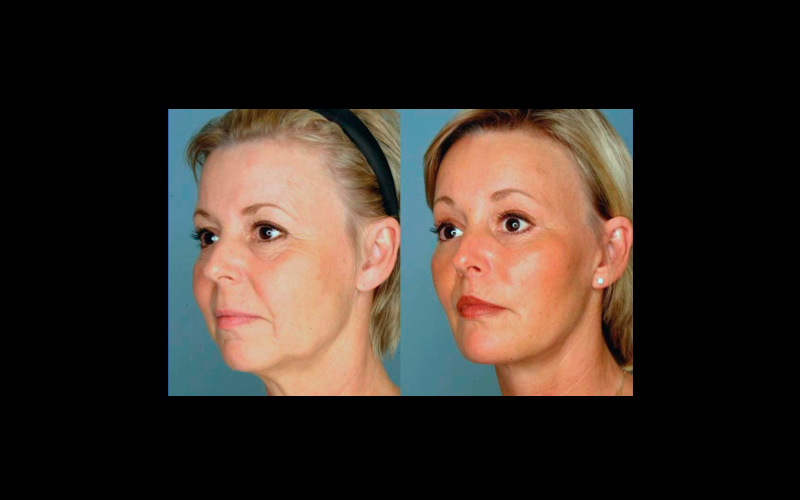Endoscopic “Minimally Invasive” Facial Rejuvenation
How do you think one can you perform facial surgery without visible facial scars ? “Scarless” facial rejuvenation is performed using an advanced technique, called endoscopy that requires only a few, tiny incisions. Compared with traditional techniques that use long incisions, endoscopic cosmetic procedures produce longer lasting results, decrease healing time, and have fewer side effects.
Endoscopic techniques, which have long been used in orthopedic, gynecologic, and other surgical areas, now can be used for full facelifts or partial procedures, such as forehead lifts; neck lifts, or chins implants. Oscar M. Ramirez, M.D is one of the pioneers of endoscopic cosmetic surgery and was the first to perform a complete facelift using these techniques.
Endoscopic techniques can be used for nearly all-facial procedures, including forehead and brow lifts, midfacelifts, chin and neck lifts, and cheek, chin, or jaw implants. Older patients, or patients with excessive sagging skin, may require a combination of endoscopic and traditional techniques. Typically in such a situation,
Dr. Ramirez uses endoscopic techniques to address the forehead and midface areas and then performs a traditional procedure to rejuvenate the jawline and neck. This approach draws on the benefits of both endoscopic and traditional procedures, providing excel-“Scarless” Facial Rejuvenation lent results while avoiding the “windswept” look that often occurs due to the tight suturing required for traditional
techniques. The combination approach, which Dr. Ramirez calls the endoscopic assisted biplanar facelift, also minimizes problems with suturing, such as widening or thickening scars.
Patients who are concerned primarily with facial lines or sun damage may opt for laser resurfacing or a chemical peel rather than surgery. Laser resurfacing works best for deep lines or significant sun damage; however, the recovery time is longer than for a chemical peel. The choice between laser resurfacing and chemical peels depends on the condition of your skin and your goals for the procedure, which you
should discuss with your surgeon.
Endoscopic facial rejuvenation offers a number of advantages over traditional facelift procedures. As discussed before, the endoscopic procedures can be performed with only tiny incisions, producing a nearly Scarless result. These techniques also greatly reduce swelling and recovery time and minimize the
rate of complications. Another plus of endoscopic facial rejuvenation is that
it allows the surgeon to reposition and tighten muscle, not just skin, for more youthful and longer-lasting results. Being able to work with deep layers of tissue
produces excellent results for difficult-to-treat problems, such as droopy skin under the eyes, sagging cheeks, and deep smile lines.
Yes. In the hands of an experienced surgeon, endoscopic techniques produce fewer complications than traditional surgeries. The surgeon operates under the deep layers of facial tissue, decreasing the risk of nerve damage. Other complications, including numbness, infection, scaring, and hair loss, also occur less frequently.
All surgery, however, carries risks. While the majority of facial rejuvenation procedures require only light or “twilight” anesthesia, anesthesia can cause
complications. Dr. Ramirez and his staff will explain these risks before surgery. In addition, endoscopic procedures require more expertise than standard surgeries
to achieve the desired results. Patients should always seek out surgeons who are specifically trained to perform endoscopic facial procedures.
Review your expectations and discuss them with your doctor before undertaking any type of cosmetic surgery. Facial rejuvenation will enhance your appearance,
but it alone will not change your life. Ask questions. Your surgeon will welcome them. Patients who understand and feel comfortable with the surgery often recovery more quickly and are more satisfied with their results. Not all patients are good candidates for a completely endoscopic facelift. As described above, sometimes
older patients and those with excessive skin or poor elasticity require a combination of techniques. In addition, patients with uncontrolled high blood pressure or diabetes may be poor candidates for any surgery, including endoscopic surgery. And, as with nearly all surgery, patients who smoke must stop at least three weeks prior to surgery. (Smoking also can affect the results of your surgery, as it tends to hasten wrinkling. Your doctor will give you specific instructions to follow before and after surgery. These are designed to minimize your discomfort and decrease
the risks of surgery so be sure you understand them. All surgical procedures carry risks, and although the majority of patients are pleased with their results, there are no guarantees the surgery will produce the expected results.
The cost of facial rejuvenation depends on the procedures you elect to have. Dr. Ramirez and his staff will provide an estimate at your initial consultation.


